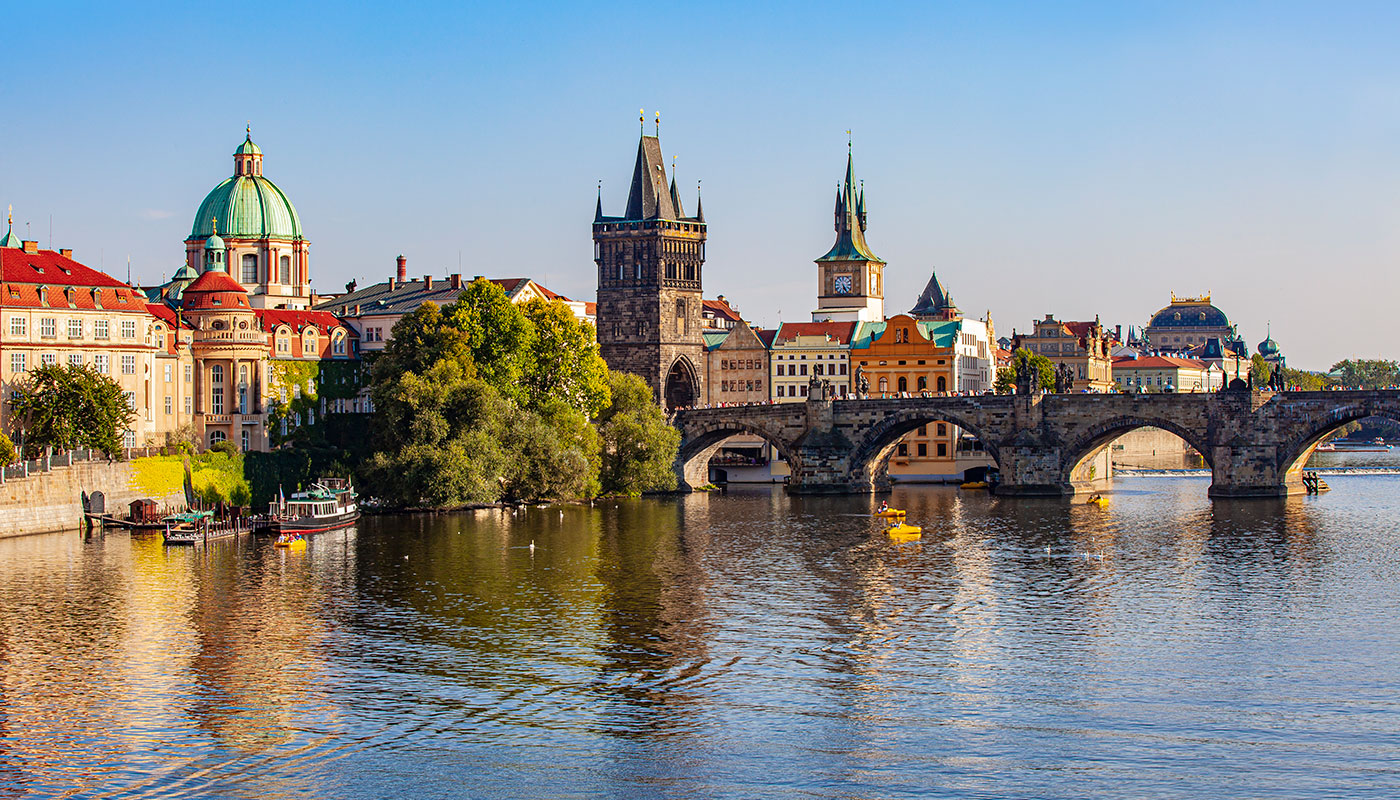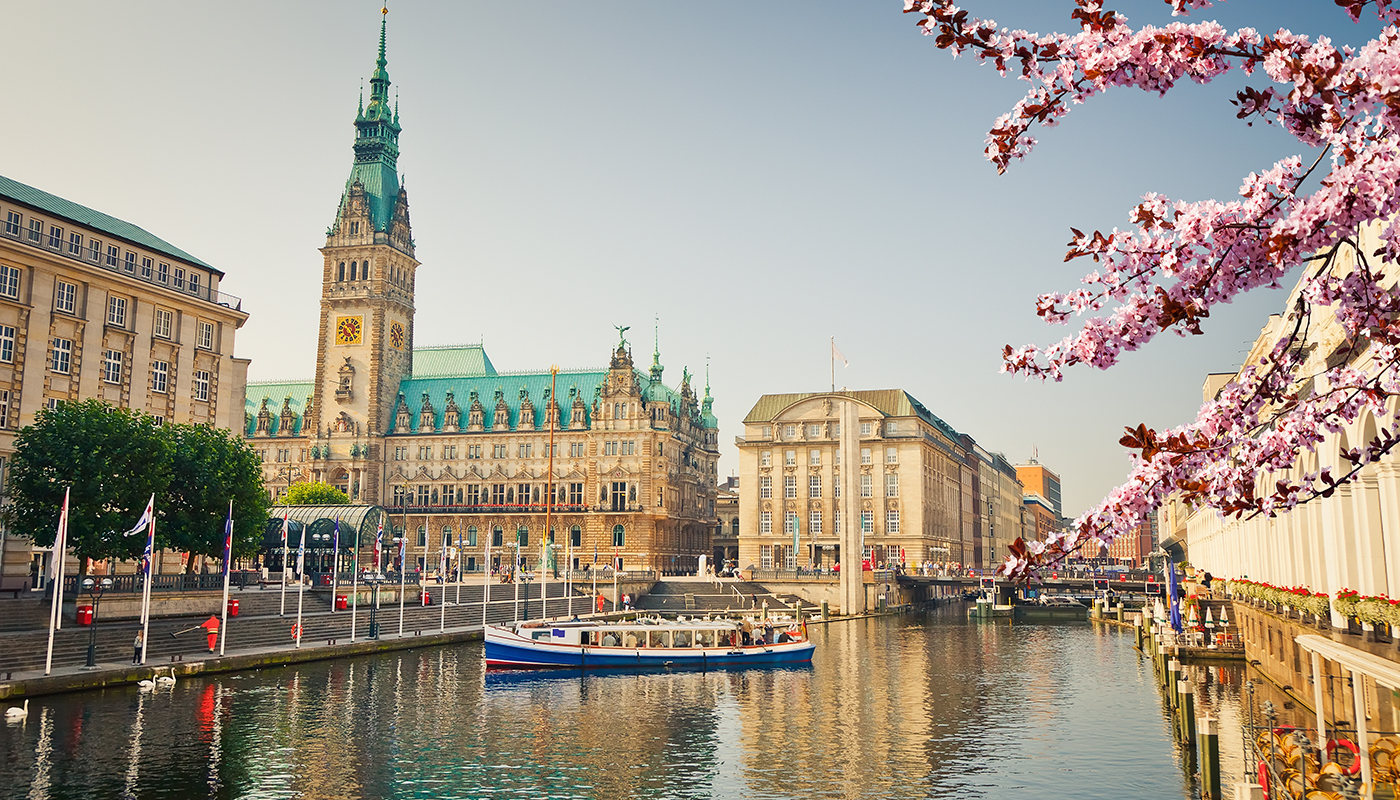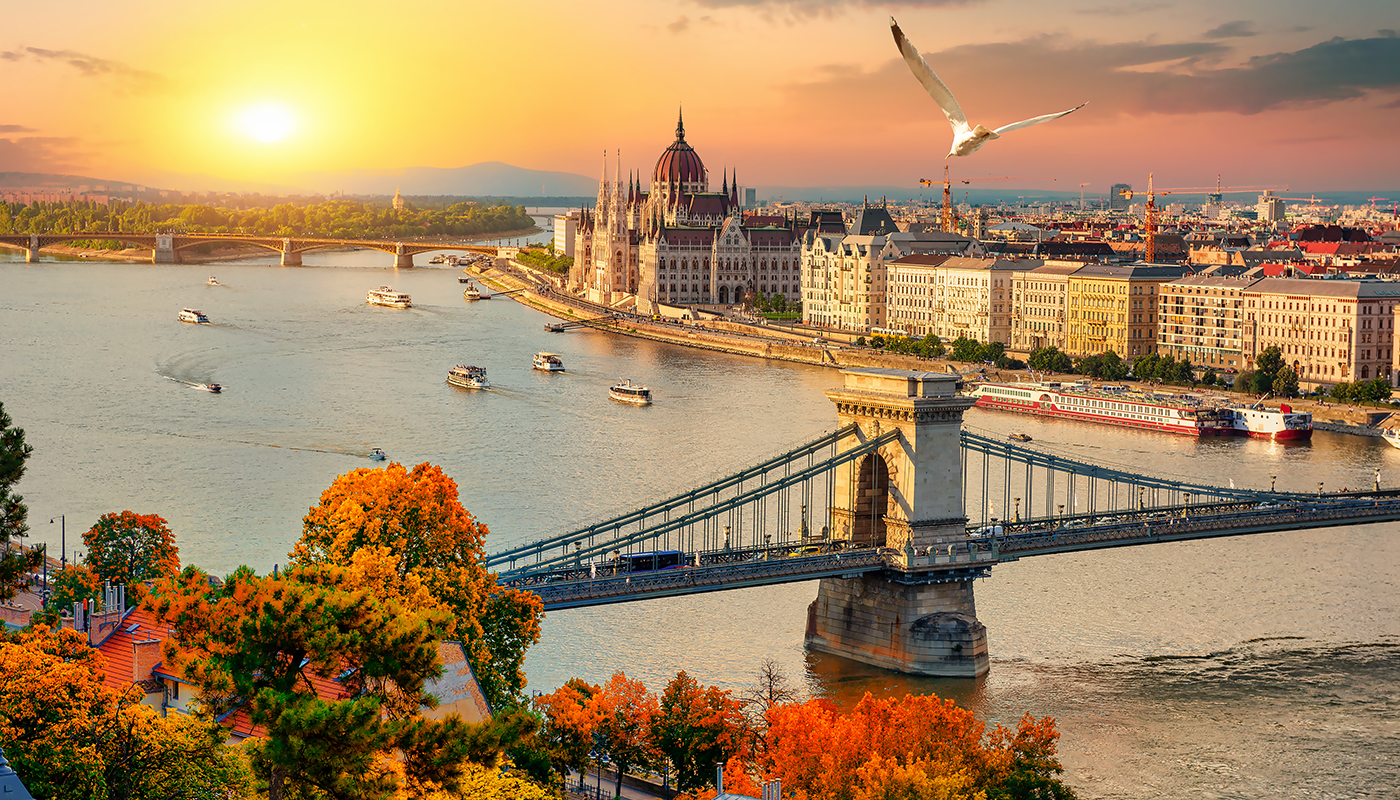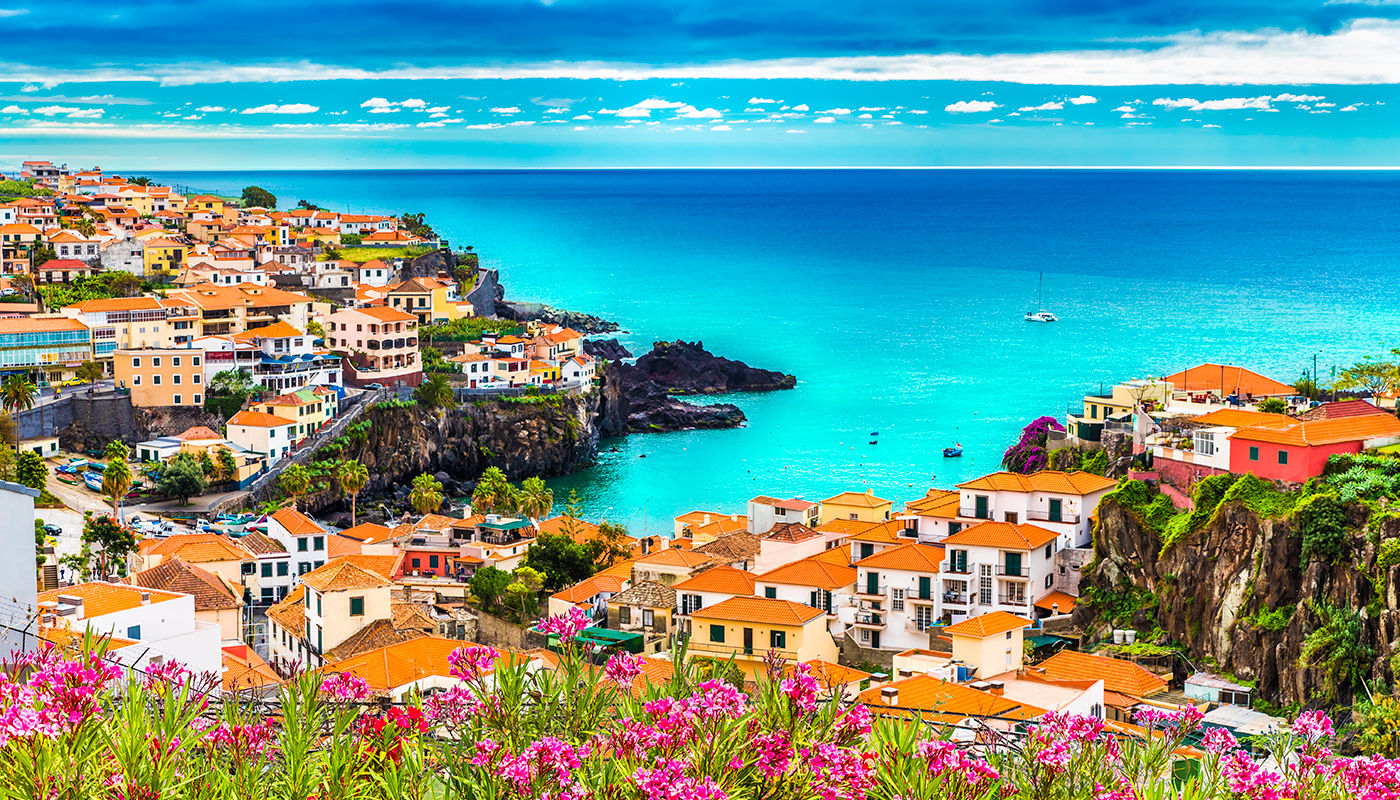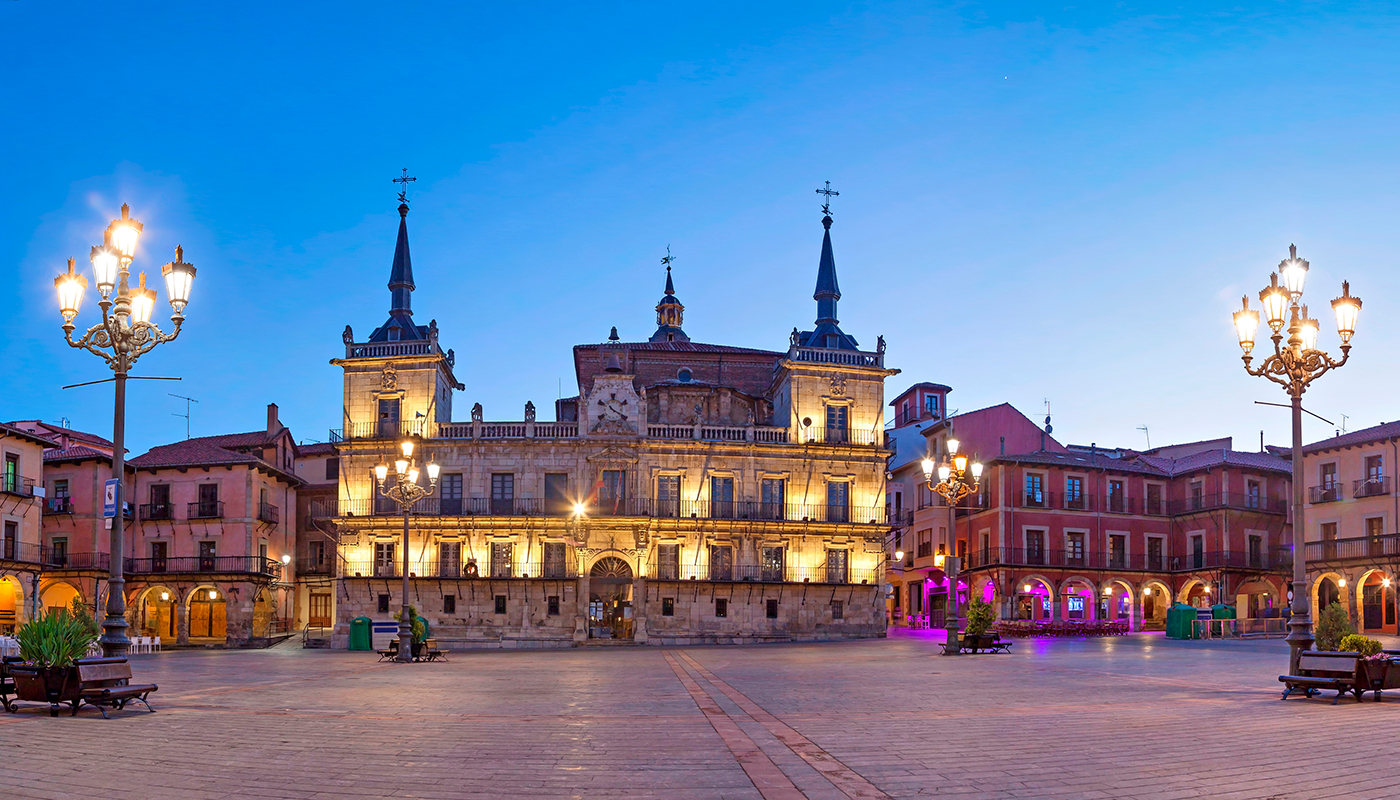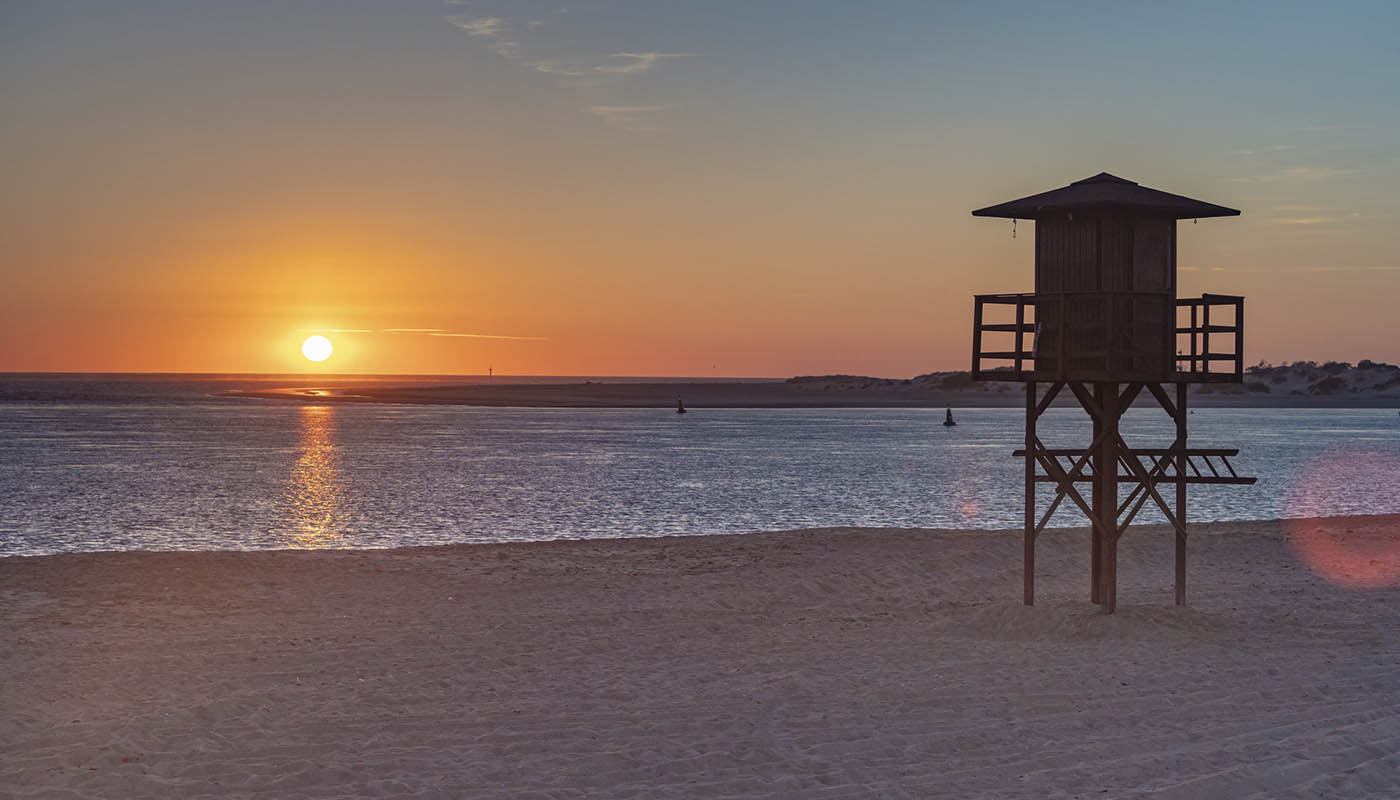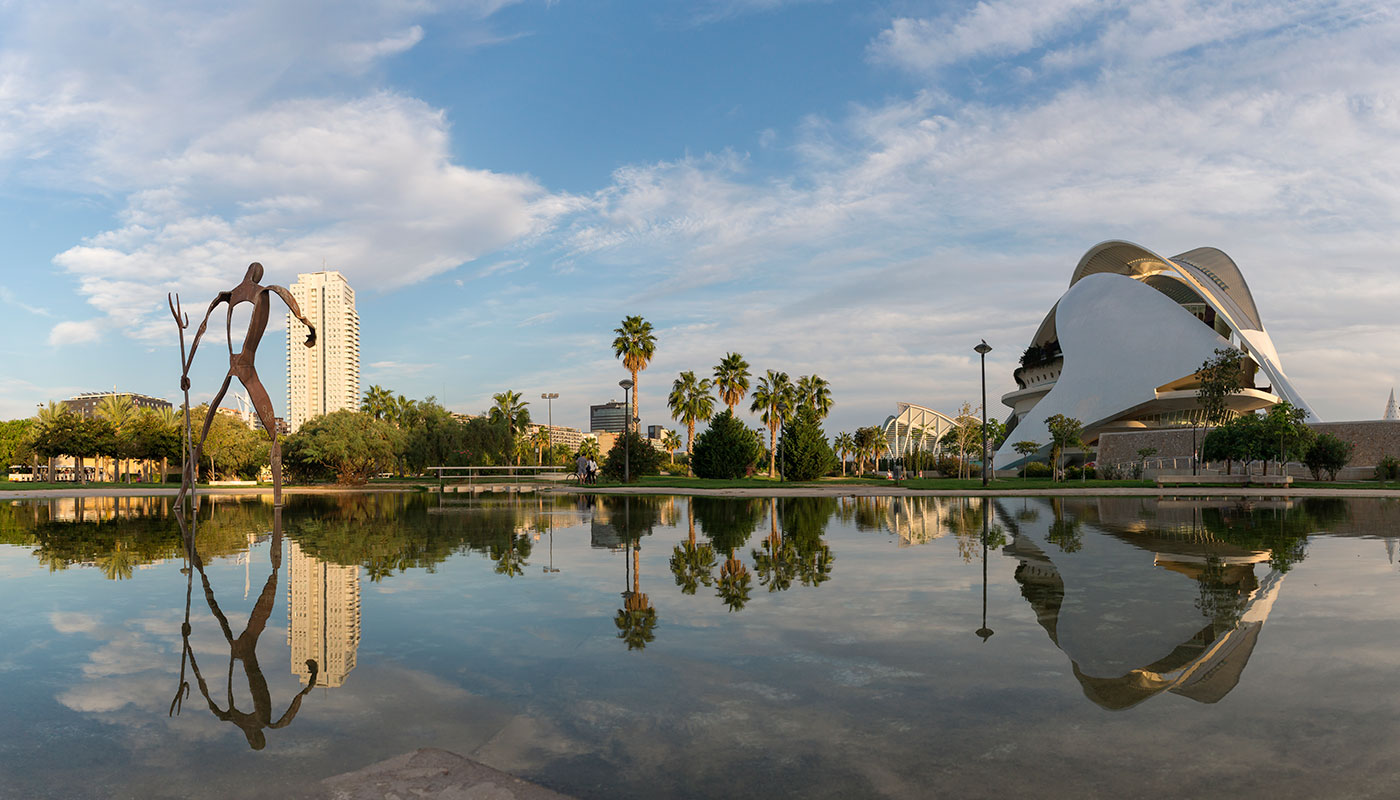Dresden Castle, also known as the Residenzschloss, is one of the city’s oldest and most emblematic edifices. With a history spanning over 800 years, this castle has witnessed some of the most momentous events of the history of Saxony. Since it was founded in the thirteenth century as a fortress, the castle has passed through several architectural phases, becoming a symbol of power and culture under the prince-electors of Saxony. After a reconstruction project that restored the building to its former splendour following the damage suffered during the Second World War, Dresden Castle today is a museum that houses treasures of inestimable value, from the famous Green Vault to the Procession of the Princes, an exterior mosaic portraying the dynastic succession of the Wettin family. This place, steeped in history and art, is an essential visit for anyone who seeks to discover the essence of Dresden.
The History of the Palace de Dresden: the home of the House of Wettin down the centuries
Dresden Castle, also known as the Residenzschloss, is one of the city’s oldest and most emblematic edifices, and is a symbol of its turbulent history. Its origins date back to the thirteenth century, when it was constructed as a fortress to defend the electors of Saxony. As the power of Saxony’s rulers grew, so did their desire to transform the fortress into an opulent palace that would reflect their status. So, the Residenzschloss began its development from a defensive castle to a sophisticated centre of political and cultural power that mirrored the rise of the House of Wettin, one of Europe’s oldest and most powerful dynasties.
In the eighteenth century under the rule of Augustus the Strong, the Palace of Dresden reached the height of its Baroque magnificence. This King was known for his artistic aspirations and he became a patron of the arts, making Dresden a flagship of culture in Europe. During his reign, the palace was decorated with astonishing splendour, enriched with collections of art, jewellery and porcelain that even today fascinate every visitor. Augustus the Strong also extended the architectural boundaries of the palace, introducing Renaissance and Baroque features that reflect the wealth and good taste of the age.
This golden age was tragically interrupted, however, during the Second World War. In 1945, the Palace of Dresden, along with much of the city, was heavily bombarded and reduced to rubble. What had once been an architectural and cultural jewel was left desolate, reflecting the devastation suffered by the whole of Dresden at that time. The ruins of the Residenzschloss remained as a sombre reminder of the war for decades, until the 1980s, when efforts were made to rebuild it and restore it to its former glory.
The castle’s restoration was a painstaking task that took several years, but now the palace has the power to dazzle once again, and is reclaiming its role as one of Germany’s main centres of culture. The Residenzschloss houses various renowned museums and collections, including the Grünes Gewölbe (Green Vault), famous for its impressive collection of treasures and gems, and the Kupferstich-Kabinett, which contains prints and drawings by celebrated European artists. These collections, carefully conserved, reflect the glory of Dresden during the Baroque and Renaissance periods.
Moreover, the restoration of the palace has respected, and in fact enhanced, its historical architectural styles, from the Renaissance to the Baroque and the neo-Classical, to create an edifice where art and history converge in a unique way. Visitors to its halls and galleries can admire the majesty of Saxony’s history and the resilience of a city that, in spite of the challenges it has faced, has succeeded in preserving and honouring its cultural heritage.
Procession of the Princes: a monumental mosaic of history and power
One of Dresden Castle’s great attractions is the Procession of the Princes (Fürstenzug), a mural in porcelain that stretches for 102 metres, and depicts the line of succession of the princes and kings of the Wettin dynasty which ruled Saxony for over 800 years. This monumental mosaic, made with 24,000 Meissen porcelain tiles, was created by Wilhelm Walther between 1872 and 1876, and is considered to be the biggest porcelain mural in the world.
The Procession of the Princes portrays around 100 historical figures, from the first medieval princes of Saxony to the influential Renaissance and Baroque leaders who shaped this region. It shows 35 rulers from the Wettin family, from the twelfth to the nineteenth century, mounted on their horses and accompanied by figures representing each period.
The work is a masterpiece in ceramics that reflects not only the history of the dynasty, but also the artistic development of the region. It has stood up well to the passage of time, and even to the bombardments of February 1945, which devastated Dresden, surviving almost intact as a miraculous testimony to the culture of Saxony. The mural can be seen from outside the castle, and has become one of the city’s most popular spots for a photo.
Information for visitors: what you need to know before you explore the Castle of Dresden
To make the most of your visit to Dresden Castle, it is useful to do some planning in advance because of the great variety of sections and collections offered within this emblematic complex. Your admission ticket gives you access to a number of important areas that reflect the cultural and historical wealth of Saxony. One of the most outstanding is the Historic Green Vault (Historisches Grünes Gewölbe), a Baroque treasure house displaying dazzling pieces in precious metal work and royal gems, including the Saxony crown jewels. This section is a display of luxury par excellence where each item reveals the splendour and power of the court of Augustus the Strong.
Another essential visit is to the New Green Vault (Neues Grünes Gewölbe), which complements the historical collection with equally valuable objects, though in the context of a modern exhibition. Here, visitors can admire some of the castle’s most famous pieces, such as the well-known green diamond of Dresden and other objects of great historical and cultural value.
The Hall of the Giants is an important area in which is displayed part of the castle’s impressive collection of arms and armour, including a selection of swords, lances, and ceremonial arms from different periods. The Armoury (Rüstkammer) itself houses a larger collection of armaments and cavalry equipment, including jousting armour and carefully decorated pieces that attest to both the military might and the skilled craftsmanship of the Renaissance and the Baroque.
In addition, art lovers can explore the Collection of Prints, Drawings and Photographs, which exhibits works by great European artists, attesting to the role of Dresden as a centre for art in past centuries. This collection is a testament to the Saxony princes’ passion for art and for collecting, and offers a fascinating view of how techniques and styles evolved down the centuries.
It is recommended that visitors check the opening hours, as the castle is normally open every day from 10.00 a.m. until 6.00 p.m., except for Tuesdays and important public holidays. Due to the popularity of the Historic Green Vault, it is worth booking tickets in advance — access to this section is limited in order to protect the exhibits. In addition, the castle offers guided tours that allow visitors to learn more about the history of each area, and to discover the artistic detail and historical contexts of the collections.








